- Home
- slideshows
- miscellaneous
- I've been switching between Apple's new iPhone 11 and 11 Pro - here are the best and worst things about using them so far
I've been switching between Apple's new iPhone 11 and 11 Pro - here are the best and worst things about using them so far
Pro: Both the iPhone 11 and 11 Pro offer long battery life.

Con: The 'notch' is still as noticeable as ever.
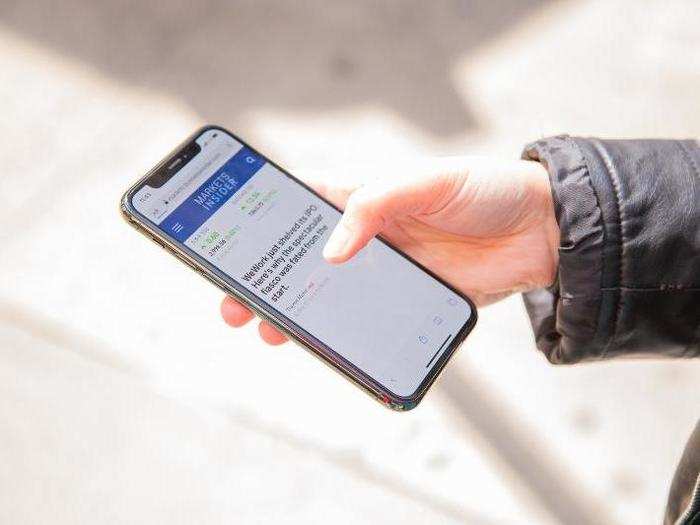
While other smartphone makers like Samsung have done more to make the "notch" cutout that houses the camera and facial-recognition sensors less noticeable, the iPhone's is still as evident as ever.
That makes Apple's new iPhones look slightly less elegant than the Galaxy S10 and Note 10 lineup, which more convincingly create the illusion that the screen stretches from edge-to-edge thanks to Samsung's more subtle hole-punch-like cutout.
However, Samsung's facial recognition is said to be less secure than Apple's, which could be more problematic.
Read more: Apple's iPhone 11 Pro launch is proof that the smartphone industry is going through a massive change
Pro: They can also take crisp and clear photos in the dark — giving Google's Night Sight some serious competition.
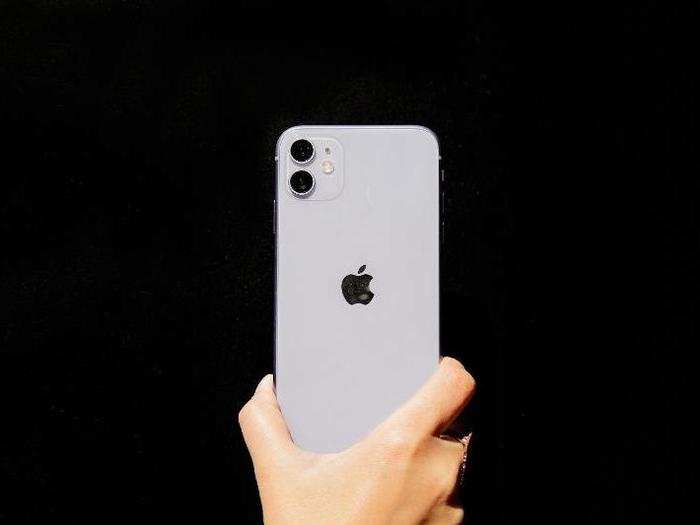
If you frequently find yourself struggling to get good photos in dark conditions — maybe inside a dim bar or restaurant — you'll appreciate the iPhone's new night mode. It automatically kicks in whenever your iPhone detects that you're in a low-light environment, so you don't have to remember to turn it on.
In my testing, I found that it took images that were sharper than those taken on the Google Pixel 3a XL and Samsung Galaxy S10 — both of which offered their own version of night mode long before Apple. The photo I took with the iPhone 11 Pro wasn't quite as bright as the one shot on the Google Pixel 3a XL, but it was a bit sharper and the subject was lit more evenly.
Take a look at the photo samples in our full review.
Con: The iPhone 11 also lacks a fingerprint scanner, meaning you must type in a passcode when not using Face ID.
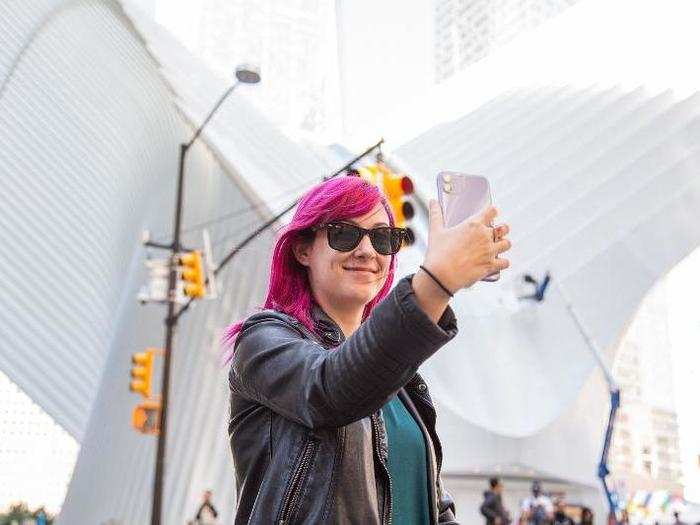
If your iPhone experience is anything like mine, Face ID doesn't always work. And even if it does work for you most of the time, you probably still find yourself typing in your passcode occasionally when unlocking your phone while wearing sunglasses, or when you simply don't feel like lifting it up to get an accurate view of your face.
Other phone makers like Samsung, OnePlus, and Google also include fingerprint scanners on their devices as an alternative — some of which are embedded in the display, and others which are located on the back of the device.
Pro: The camera interface lets you see how your shot will look both in wide and ultra-wide mode before you take it.
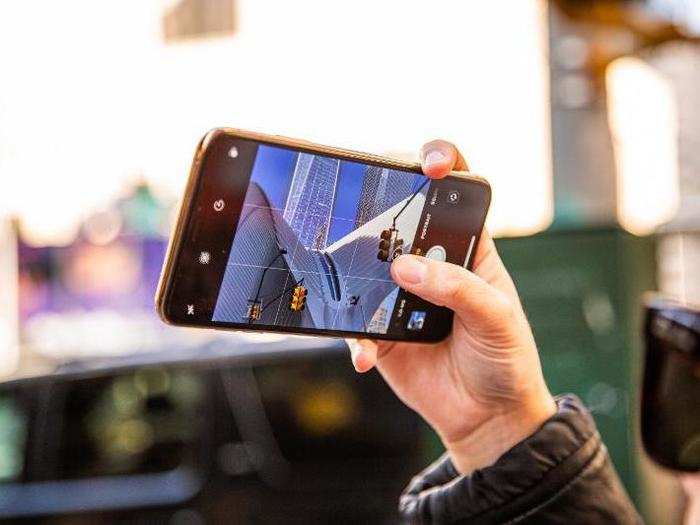
Apple is playing catch-up to device makers like Samsung by adding an ultra-wide angle lens to the iPhone. But Apple's software does have a useful touch that Samsung's lacks: the ability to see how your shot may look before you even switch to the ultra-wide-angle lens.
On the iPhone 11 or iPhone 11 Pro, you'll notice that the borders above and below the camera viewfinder where the shutter button and settings are located will gradually become transparent as you frame your shot. That allows you to use that space to see how much more of the scene you'll be able to capture if you switch to the ultra-wide-angle lens.
Con: The iPhone 11 Pro is also heavier than last year's iPhone.
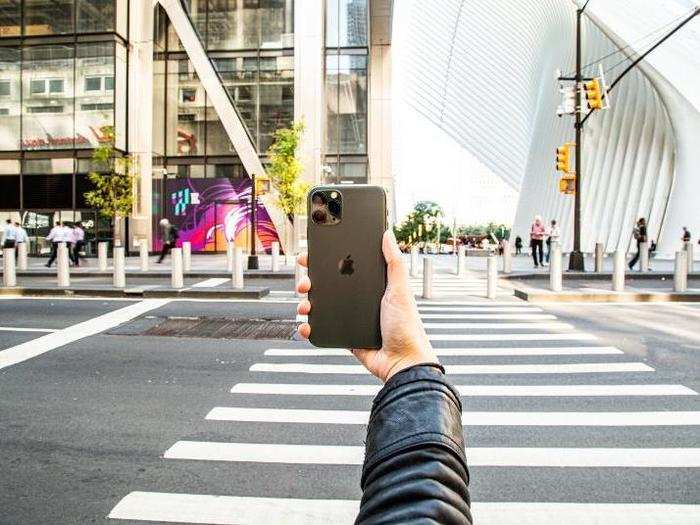
If having a phone that feels very lightweight is a priority, you may want to consider that the iPhone 11 Pro is a bit heavy. It weighs 188 grams, which is heavier than the 177-gram iPhone XS and 157-gram Samsung Galaxy S10. I didn't find this to be a nuisance during my review — in fact, I actually preferred the iPhone 11 Pro's heft because it made the phone feel more premium and durable. But others may not share that sentiment.
Pro: The iPhone 11 Pro's matte-glass back gives the phone a polished and durable feel.
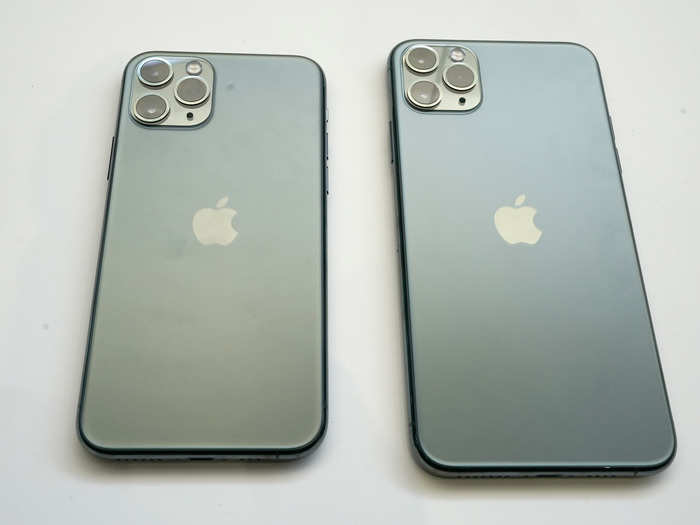
One of the biggest physical changes between this year's iPhone 11 Pro and last year's iPhone XS is its textured matte-glass back. If you plan on using a case most of the time, this may not matter all that much.
But if not, you'll notice that the matte finish gives the glass a slightly cloudier look and makes it less prone to fingerprint smudges. It also doesn't feel as slick as the glossy glass that covers the back of the iPhone XS, which could make it easier to hold without dropping if you're not using a case.
But only time will tell how durable and scratch-resistant this matte glass will be after prolonged usage.
Pro: The iPhone 11 Pro finally comes with a bigger charger that can power your phone faster.
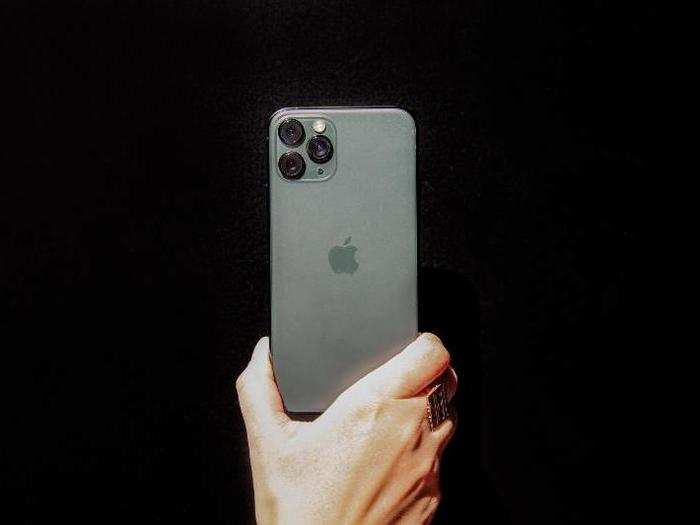
Apple's pricier iPhones now come with an 18-watt charger that can give your iPhone up to a 50% charge in about 30 minutes. The company is finally including a bigger, faster charger in the box after other rivals have offered fast-charging for years. The bigger charger that comes with the Pro also includes a USB-C to Lightning cable, meaning you can plug it directly into your MacBook to charge it or transfer data without an adapter if you're using a newer model.
Con: The iPhone 11 doesn't.
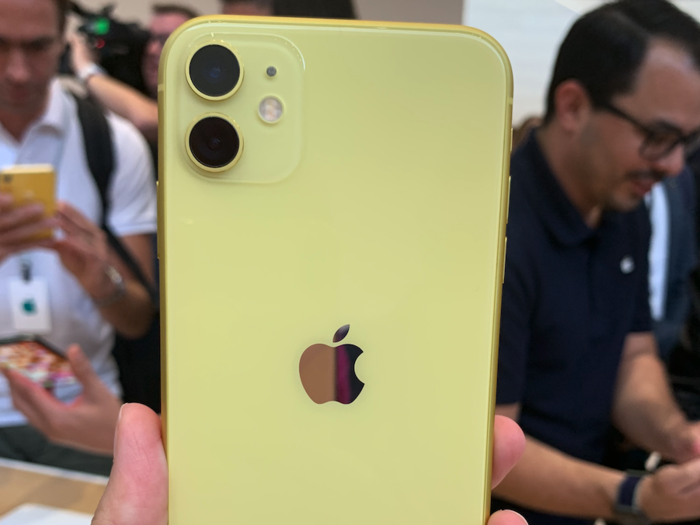
Apple may have finally given Pro owners a bigger charger than can power up their iPhone faster, but those who buy the iPhone 11 are still stuck with the same 5-watt charger Apple has bundled with its smartphones for years. If you want to use the larger 18-watt charger with your iPhone 11, you'll have to purchase the adapter from Apple for $30.
Popular Right Now
Popular Keywords
Advertisement